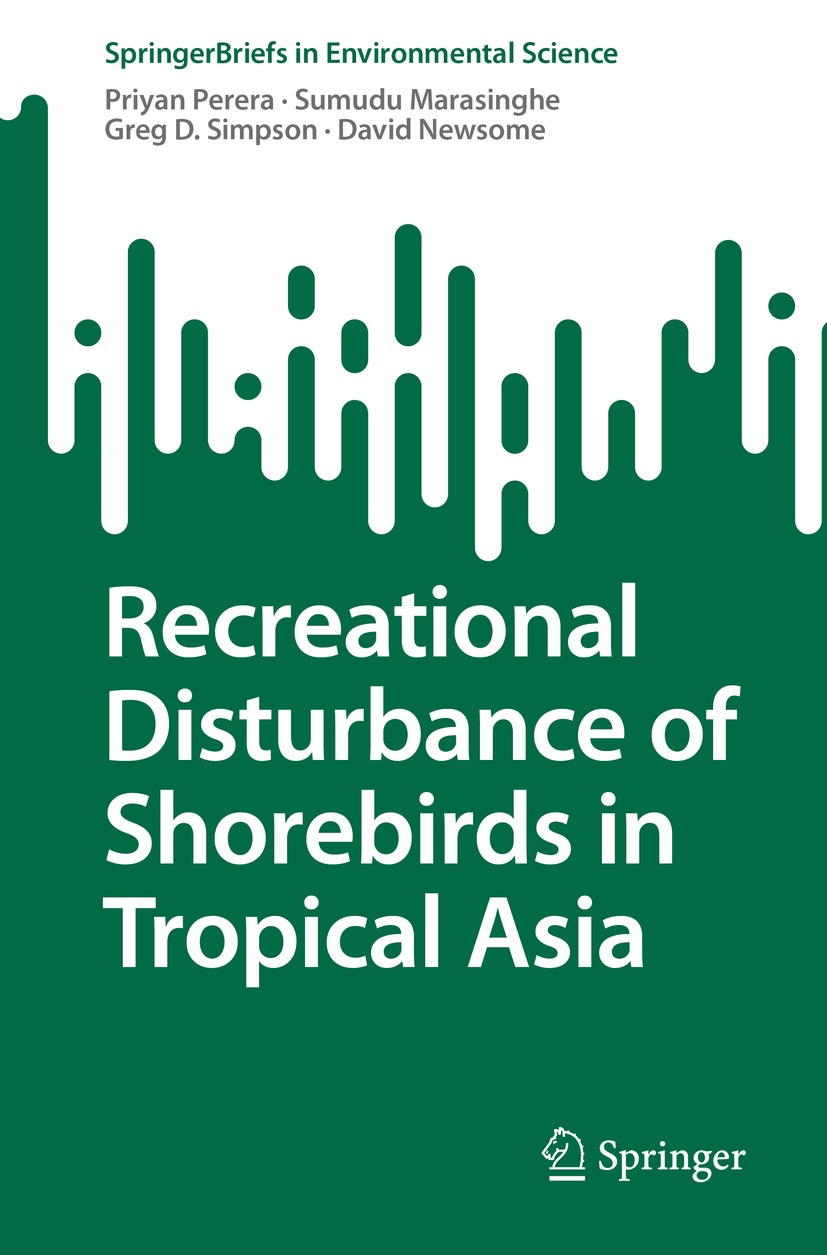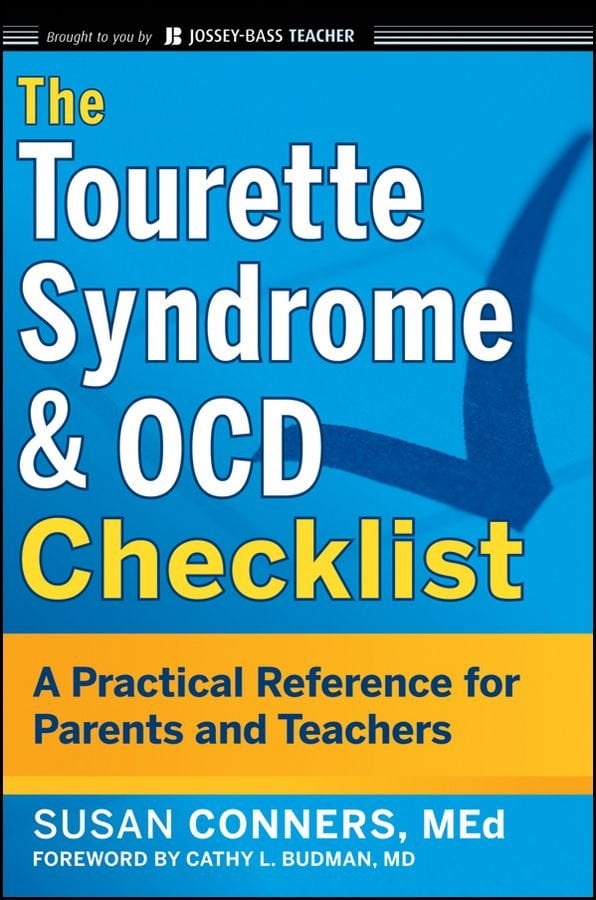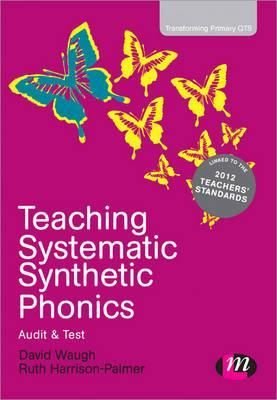Much of that growing demand for coastal recreation and tourism has focused on countries in South and Southeast Asia in the tourism megaregion that this book refers to as Tropical Asia. As such, the recreational disturbance of shorebirds in Asia is a serious conservation issue, at a time when populations of both migratory and non-migratory species of shorebirds are threatened and declining because of the loss of coastal habitat and increased human disturbance. Despite global awareness about the impacts that the growth of coastal recreation and tourism across Tropical Asia is likely to be having on threatened and endangered migratory and resident shorebird species of the coastal zones of the East Asian- Australasian Flyway, less than 3% of the published peer-reviewed research into the recreational disturbance of shorebirds addresses coastal zones of Tropical Asia. This situation points to a significant knowledge gap regarding the impacts of human recreation on shorebirds in the Tropical Asian region. In contrast, almost three quarters of the peer-reviewed articles that report recreational disturbance research and management strategies focus on coastal zones in North America (36%), Oceania (20%), and Europe (20%). For those reasons, the quantitative systematic literature review and research case study from Sri Lanka reported in this book provide a call to action and recommendations for both management approaches grounded in the international literature and a research agenda that should be implemented in the coastal zones of Tropical Asia.












